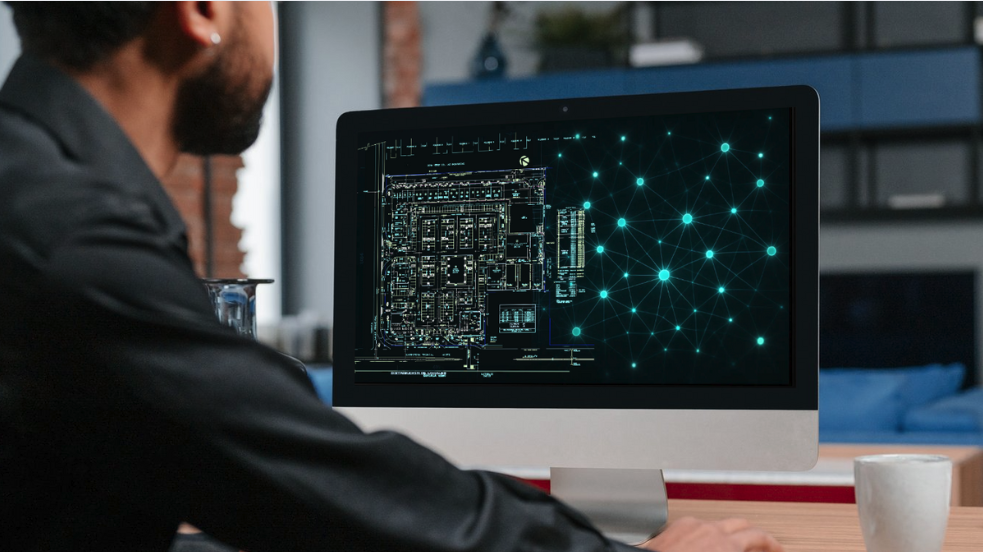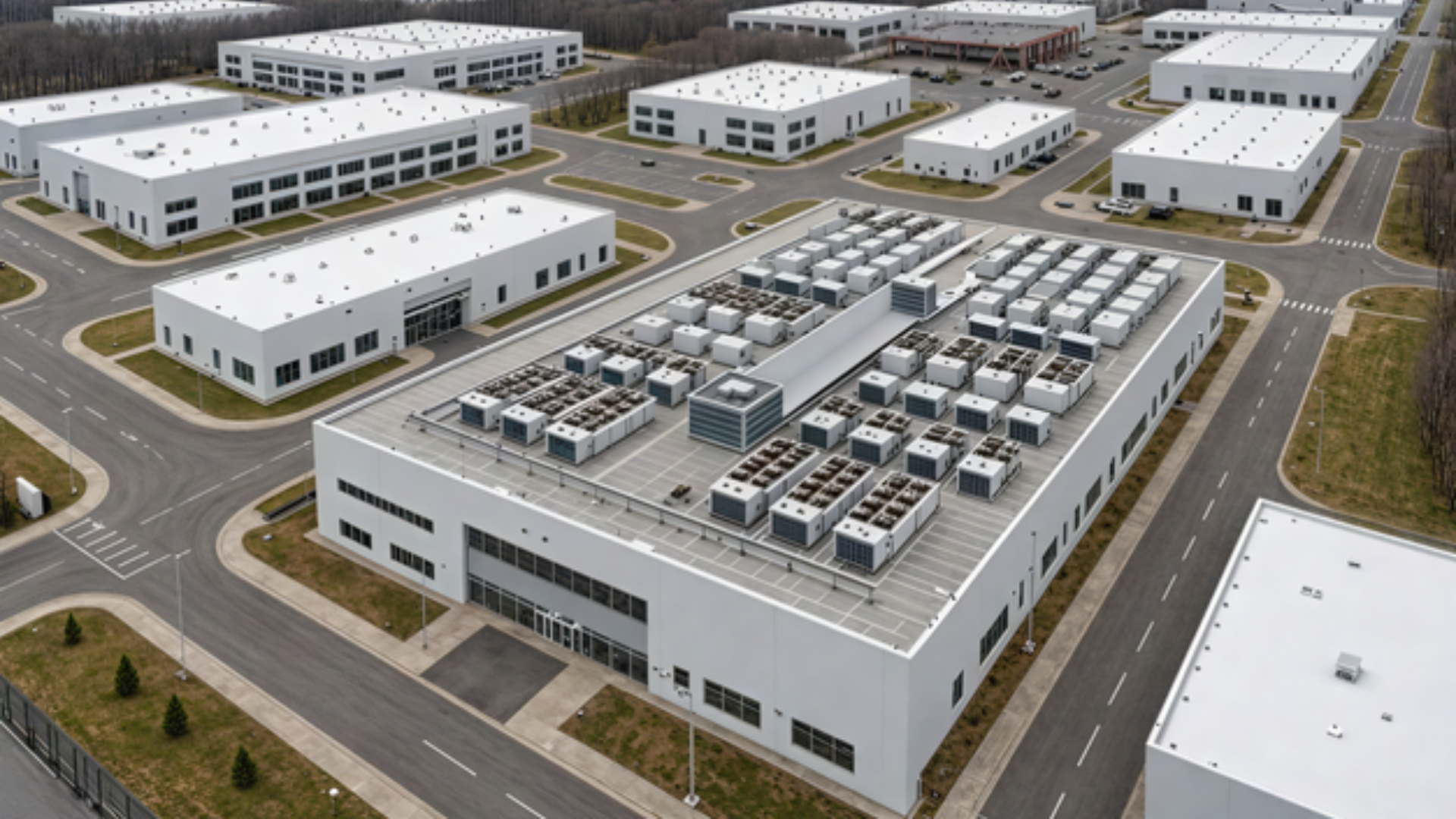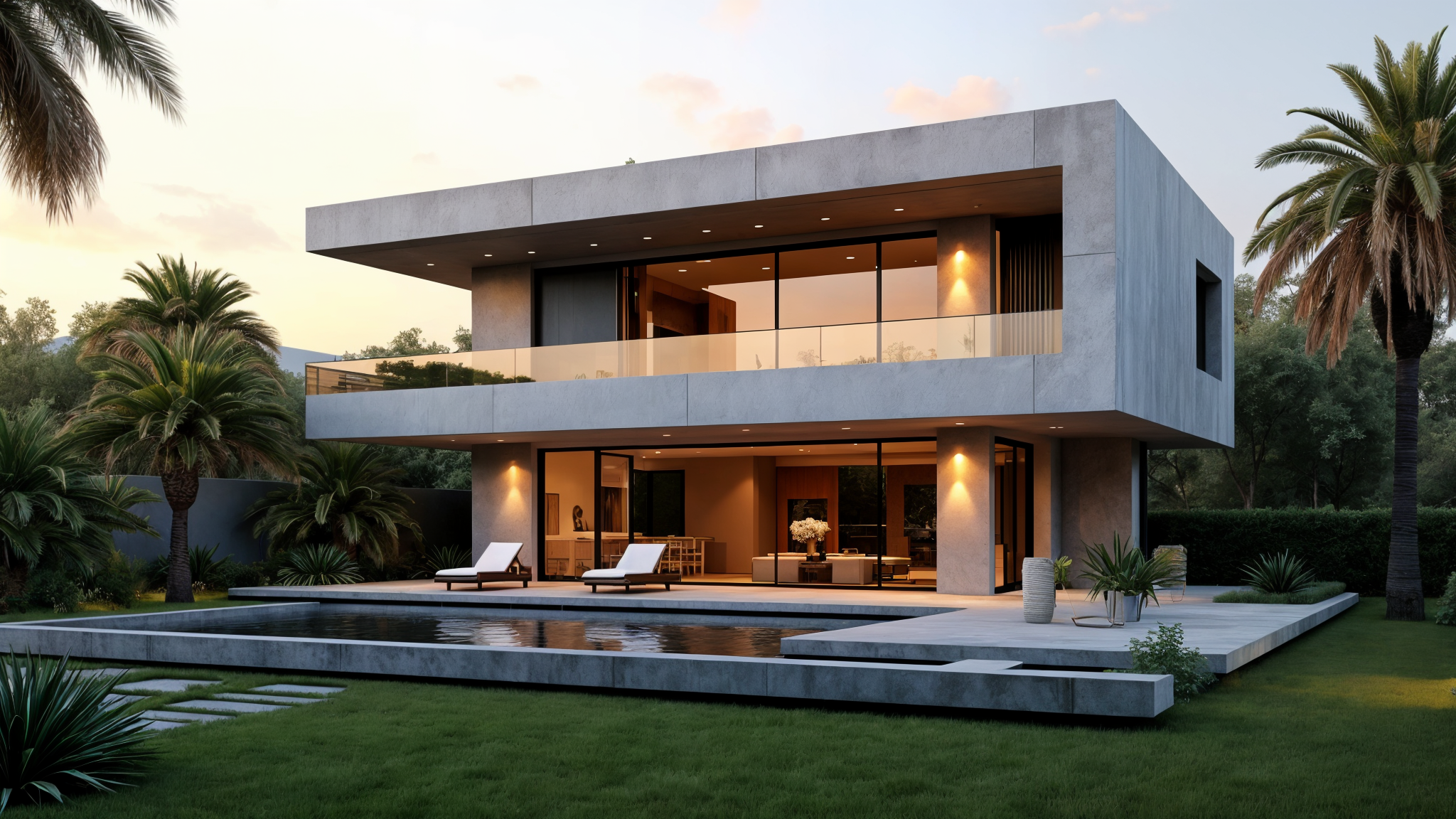Will AI free architects to design more or turn them into supervisors of digital apprentices?
Autodesk’s new Neural CAD promises to bring generative and machine-learning power directly into design tools. Instead of rigid commands, models will “understand intent,” automatically refining geometry, constraints, and detailing. On paper, it looks like a leap from drafting to collaborating with an intelligent design partner.
On paper, it looks like a leap from drafting to collaborating with an intelligent design partner. But what if that collaboration feels more like supervision? In software, TechCrunch reports that many senior developers have turned into “AI babysitters”, constantly checking outputs, correcting mistakes, and guiding algorithms that don’t fully grasp context. Could the same be waiting for architects and engineers?
This isn’t just a productivity debate. In construction, small errors have huge costs. A misplaced tolerance or missed clash can ripple through a project schedule or trigger rework on site. The tension is clear: if AI can accelerate modeling, who is accountable when things go wrong?
The New Skillset
Rather than replacing design roles, Neural CAD may shift them. Architects will need to:
-
Guide AI intent — framing prompts, constraints, and project context.
-
Curate outputs — validating that design suggestions meet code, constructability, and client expectations.
-
Translate insight — connecting what AI generates with human judgment and project realities.
The Opportunity
The upside is just as powerful. If AI takes on repetitive detailing, clash hunting, or rapid iteration, architects can reclaim time for concept, narrative, and human-centered design. Instead of “babysitting,” the best practices may look more like “mentorship” — teaching the system with feedback, while raising the quality of work it can handle independently.
Curious about how Autodesk envisions this shift?




